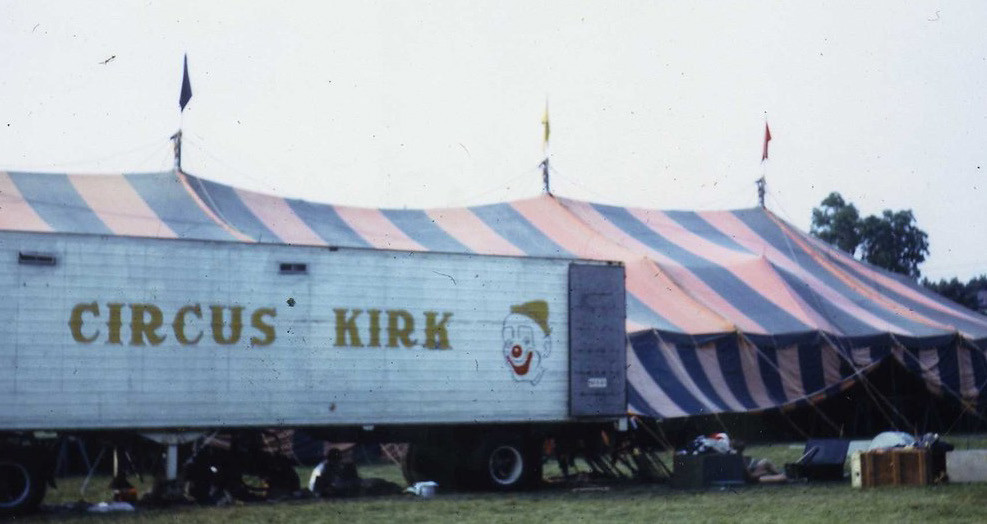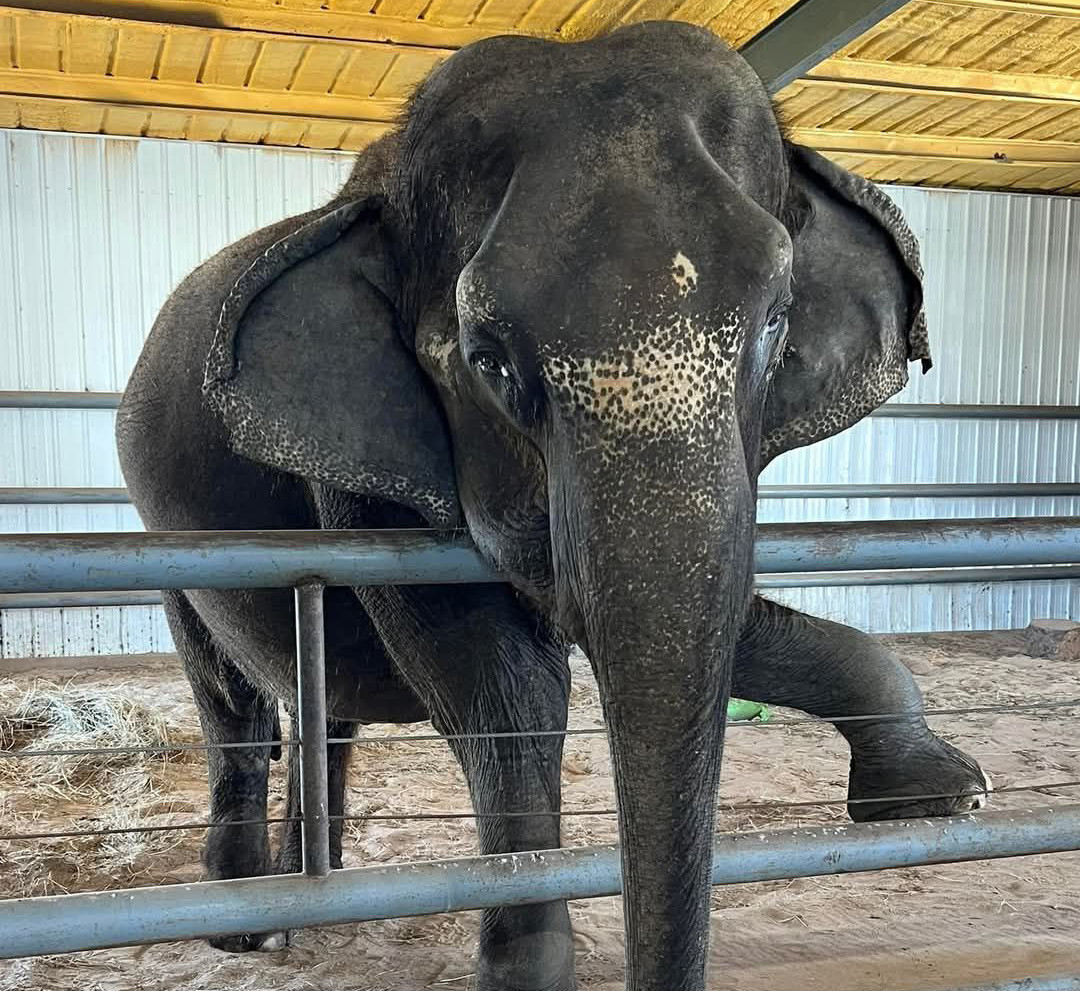The Journey From Center Ring to Behind-the-Scenes Labor Leadership
In 1975, while attending Haverford College, I ran away and joined the circus—literally. Between my freshman and junior years, I joined Circus Kirk, an all-student big top circus that toured the East Coast from Memorial Day through Labor Day, performing one-day stands in towns large and small. I started off as a cook and dishwasher but quickly took on more jobs and skills. That first Summer, I became the “Inside Talker” in the Sideshow, performed as a Fire Eater, Magician (Blade Box, Bed of Nails, Electric Lady, etc.), and Puppeteer for the Punch and Judy Show. I learned how to drive a semi, lay out lots, put up directional arrows, and make midnight donniker dumps into local sewer systems. By the next Summer, I was the Show Manager and Ringmaster, with even more duties. When the owner became ill during the summer, the cast and crew took over operations, booking and promoting the show. The inmates took over the asylum! We voted not to end the season on Labor Day, continuing shows until December 6th, when we finally closed in Ocala, FL. When the show ended in Ocala, we still had “Baby Lisa,” a six-year-old elephant leased from Carson and Barnes Circus of Hugo, OK. I only had $600 left, so I rented a Bobtail U-Haul and started driving her from Ocala, FL to Hugo, OK. When I arrived in Hugo, Baby Lisa used her trunk to carefully rip the truck apart—the bobtail truck had now become a flatbed.

That journey changed my life. I was hired by D.R. Miller to work in the Carson and Barnes Elephant Barn, which housed 27 elephants. Before long, I moved into management, eventually becoming General Manager of what was then the world’s largest Five-Ring Wild Animal Circus. My life became the circus, and I never returned to Haverford College for my Senior Year. I spent 20 years with Carson and Barnes before founding Circus Chimera, a well-regarded theatrical production that toured the U.S. and Canada for eight seasons. When I closed Chimera, I shifted my focus entirely to Foreign Labor for the Mobile Entertainment Industry.
Animal Wrangling to Talent Scouting
As Vice President and General Manager of Carson and Barnes Circus, one of my jobs was to scout for Circus Artists and support persons for the Circus from around the world. I would contract with the artists and support persons, file petitions Immigration and Naturalization Service, and then go to the various consulates to secure visas—typically for around 150 staff members each season. I began this work in 1978.

After many years on the road, “Baby Lisa” is enjoying retirement at the Endangered Ark Foundation, in Hugo, OK
In 1986, during the Reagan Administration, new visa categories were introduced. I worked with Senator Don Nickles of Oklahoma to help refine legislative language for the P-1B (for performance troupes) and P-1S (for support personnel), making them workable for the Circus Industry. When I did research on the newly minted H-2B visa, the procedures and protocols were initially incompatible for the Mobile Entertainment Industry. As originally drafted, each location on an itinerary would require a separate temporary labor certificate and a separate Immigration and Naturalization Petition. I drafted a proposal and presented it to the US Department of Labor, which led to the creation of Training and Employment Guidance Letter (TEGL) No. 4-03 in 2003. I continued working with the DOL to fine-tune these procedures, culminating in TEGL 31-05 in 2006, establishing workable protocols for the entertainment industry under H-2B.
As I traveled with Carson and Barnes Circus, some of our greatest fans were Carnival Owners who would visit the show. They were often more interested in the “circus jumps” and the fact that we could setup, perform, tear down the show, moving seven days a week, one-night stands, from March through October each year.
The Carnival Owners continued to visit when I toured with Circus Chimera, which only moved three times per week. Carnivals were starting to experience issues in finding suitable labor as Fairs and Festivals were adding and enforcing higher standards for who would be permitted to work at the different venues. I utilized my knowledge of the visa process, my contacts with the consulates, and recommendations from Circus Workers to start recruitment and placement of temporary seasonal workers with the Carnival Industry.
Unlike Circuses, most Carnivals at the time didn’t provide employee housing. Bunkhouse Trailers didn’t exist yet! I explained to the Show Owners that I would only be able to work with them if they agreed to provide housing for the workers at no cost, pay for their transportation to the show and back home, and guarantee a base wage after taxes.
The first season we provided 16 workers to two different shows. Word of mouth in the Industry, kept my phone ringing, and each year we added additional clients and workers. I closed the Circus in 2006 because I could not manage both the Circus and the Foreign Labor, and I saw that I could do a great deal more good for the workers and their families, and for the Mobile Entertainment Industry as a whole, if I focused on the Foreign Labor aspect. When I closed the Circus, I founded JKJ Workforce Agency, Inc.
Finding Common Ground in the Industry
NICA, OABA, IAFE, SLA, CFA, CHS, IISA, and WFA have their basis as social organizations, and have morphed through necessity into what are commonly called Trade Organizations. Whilethey often held conventions concurrently, they tended to operate in silos. My perspective, not being in any management role with any of these organizations (and not wanting to be!), was they did not seem to recognize that the very existence of their membership was dependent upon the membership of the others, too. It wasn’t until these groups began collaborating on issues such as Foreign Labor that real momentum—and a shared sense of purpose—took hold. This collaboration has been a genuine “aha!” moment and a force multiplier for progress. Today, JKJ Workforce is one of the largest temporary foreign labor agencies in the US. We currently serve over 450 companies and have already processed over 7,100 workers from eight countries this fiscal year. Our business thrives on our five-star Industry reputation. We advertise with and support trade associations, attend shows, and host educational seminars to strengthen the industry and stay connected to our clients. What’s next for us? I seegreat things and leading the charge forward.
The State of Labor in 2025
For all industries, it appears that finding and keeping staff has become more and more difficult. For an Industry that travels from location to location, works evenings, weekends, and holidays, it is nearly impossible.
Companies in the Mobile Entertainment Industry do not offer employment to legal foreign workers appear to be disappearing, and those who do utilize legal H-2B workers appear to be expanding their market share. In 1992, Congress “capped” the number of H-2B workers at a total of 66,000 per year. Employers filed applications with the Department of Labor for at least four times the number of visas available under the statutory cap. The efforts of the named organizations listed above, working with the Seasonal Employment Alliance, was able to pass legislation and bludgeon the various administrations, creating a pathway to various releases of “supplemental” visas. The system is a cobbled-together “hot mess” with employers not knowing which workers they will be able to hire, or when the the workers they are able to hire will arrive to start work.
What’s Next for Labor?
Right now, this “hot mess” is all we have, but it appears that nearly all of the employers will be able to hire the H-2B workers they need this year. A solution to the H-2B cap problem could take a variety of forms. The only pathway to solutions being put into place is as part of legislation passed by the US Congress and signed into law by the President of the United States. Certified Employer Language is language that mandates that for Employers that have been
Certified for H-2B workers for each of the last five years, the highest number that they were certified for in any single year, would be cap-exempt for the current fiscal year. The P-Visa category has been designated for sports and artistic events. Specifically, the P-1B is for artistic troupes (dancers, singer, theatre, circus) and the P-1S is for support persons for those specific troupes (coaches, wardrobe, lighting, etc).
Without getting too far into the weeds, the CARE/RIDE Acts would correct a Congressional oversight from 1986. In the case of a bona fide Circus, Fair, Carnival, Food Concessions Operation, or Commercial Exhibitor, the “ARTIST” is the established FAIR/FESTIVAL and the P-4 is for workers to support (providing their talents and labor) in order to operate the event. To get into the weeds and to see what YOU can do, read the Support Your Industry article in this issue on page 20 and the Make-One-Call section on page 21. Learn what our Sister Organizations are doing to get the word out on this process and how you can help!
Practical Labor Advice for Employers
What can a business do to be more prepared for hiring before the season?
For the H-2B process, starting the filing process at least six months in advance, and using an agency with firsthand knowledge of your business.
How has minimum wage affected labor?
Increases in minimum wages, have increased the costs for all businesses. The businesses then must raise the price of their goods and services. Consumers and businesses are hurt by the increases in minimum wages, it is like a dog chasing his own tail. The only winner is the government raking in higher tax dollars on higher prices and wages.
What are the best practices for worker retention?
Respect the workers as individuals.
What can a Concessionaire do to keep up with all the changes each season?
Work with an agent / agency that anticipates the changes and allows you to simply run your business. “Together We Can!”